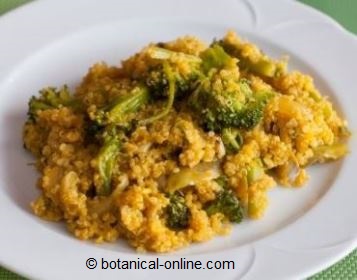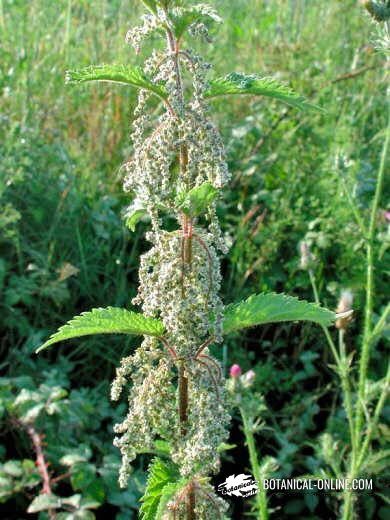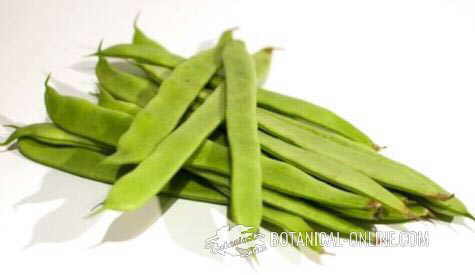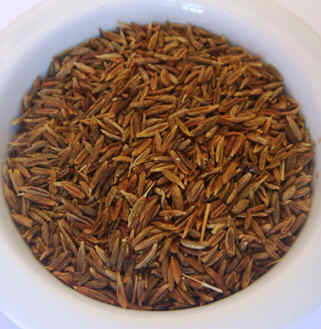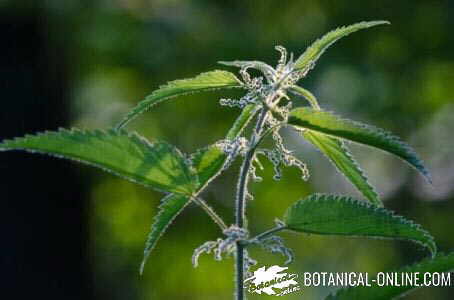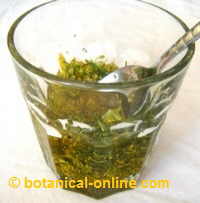Types of antivitamins and list of foods that contain them
What are food antivitamin factors?
Food antivitamins are substances present in the diet that prevent the assimilation, absorption or metabolism of vitamins. All of them are classified within antinutrients.
These components are not very abundant in the diet, because they are normally destroyed during cooking, or they are not ingested in sufficient quantities to produce nutritional deficiencies.
There are different types of antivitamins. which are usually classified according to which vitamin they affect:
Types of food antivitamins
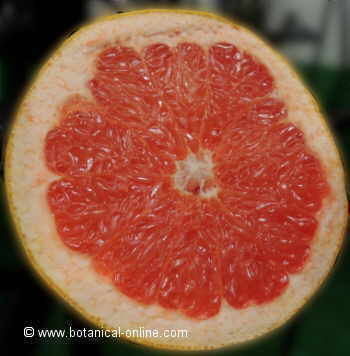
Antivitamin K or coumarin factors
Coumarins are the main known anti-vitamin K substances. Vitamin K causes blood clotting. Coumarins prevent this process, which can cause bleeding if consumed in excess.
Foods that have an important content in coumarins are: grapefruit, alfalfa (in the form of sprouts or as an edible wild plant) and capers.
People taking anticoagulant medications should take special care not to eat these foods, since their coumarins enhance the effect of the drugs and the risk of bleeding multiplies.
* More information: Antivitamin K factors
B1 or thiamin antivitamin factors
Some foods contain substances that affect the assimilation of thiamin or vitamin B1. This vitamin is abundant in many foods, both vegetable and animal, so the ingestion of antivitamin B does not pose a nutritional problem or lead to serious health damage in the vast majority of cases.
The main antivitamin B1 factors are:
- Thiamines type I: they are enzymes that destroy vitamin B1. They are found in meat, liver, pates and seafood (clams, crabs, …). These components are removed with cooking, so they are only found in meat and fish that are eaten raw or undercooked.Other thiamines can be found in plants. The medicinal plant horsetail also contains antithiamine factors, reason why it is sometimes recommended to toast it before consuming it. Vegetables in the cabbage family (cruciferous) also contain B1 antivitamin factors.
- Sulfites: The use of sulphites in food reduces the vitamin B1 (thiamine) content of the food. Sulfites are the food additives numbered in Europe from number E220 to E228. The use of these additives to inhibit growth of microbes in food and to preserve the vivid color of food (antioxidant). They are found in industrial fruit nectars, burger meat, and dried fruits such as dried apricots.
Egg avidin or antivitamin B8 (biotin)
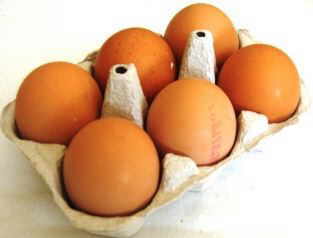
Avidin is an abundant antivitamin in egg white that binds to two biotin molecules (vitamin B8) forming a compound that prevents the absorption of this vitamin.
This substance is removed by cooking the egg, so it is only found in the raw egg or raw egg white. This is one of the reasons why eating raw eggs or using raw egg remedies is not recommended.
In addition, the consumption of uncooked egg has other drawbacks such as the possibility of food poisoning and indigestion. Once cooked, egg proteins and vitamins are easier to digest.
There are usually no cases of biotin deficiency due to egg ingestion, because food is always consumed cooked. However, biotin deficiencies can occur in people who consume raw eggs or raw egg white daily.
Antivitamin C factors in fruits
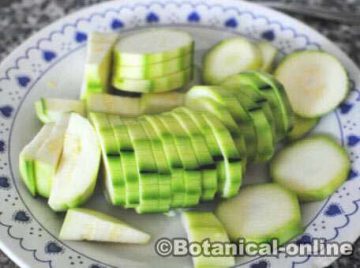
Vegetables and fruits of the Cucurbitaceae family, such as melon, squash , watermelon, cucumber, chayote or zucchini, contain an enzyme (ascorbic acid oxidase) that inactivates vitamin C. It is also present in fresh fruits, although in practically insignificant quantities.
In general, it is not a problem for health to eat these foods, since a diet rich in vegetables, fruits and vegetables contains a lot of vitamin C.
This enzyme is destroyed by cooking (although cooking itself also eliminates vitamin C, which is heat sensitive).
It should be mentioned that there are many other antioxidant components in addition to vitamin C, such as flavonoids, substances that are also abundant in vegetables.
It will be very beneficial to increase the vitamin intake of the diet, adding foods very rich in vitamin C, fruits and vegetables.
Other food antivitamin factors
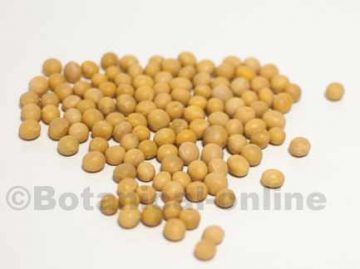
- Antivitamin B3 or niacin factors: there are antivitamins that affect the correct absorption of niacin (niacinogens). Very well known is the case of corn, which needs an alkaline bath so that the vitamin B3 it contains is assimilable (a process known as nixtamalization). When the food was imported to Europe, cases of pellagra (niacin deficit) occurred due to ignorance of the adequate preparation of corn.
- Antivitamin A Factors: Soy contains the enzyme lipoxidase, which inactivates vitamin A and beta carotene from fruits and vegetables. The citral present in the essential oil of citrus fruits (especially in the skin of these fruits), also has an antivitamin A.
- Antivitamin E factors: in the fatty fraction of some herbs substances that eliminate vitamin E have been found, such as in alfalfa.
- Antivitamin D factors: raw soybeans have a substance that can cause rickets, which is vitamin D deficiency. It is not a toxicological problem since it is eliminated during cooking.
Vitamin B12 analogues
In the algae there are substances that are analogous to vitamin B12, that is, they are very similar substances but without vitamin function.
It is not exactly a type of antivitamin, because these analogues do not prevent the absorption or function of true vitamin B12, but it should be taken into account in vegetarians, since it is a problem in the diagnosis of vitamin B12 deficiency.
Toxicity of antivitamins
In general, antivitamins are not toxic in the doses found in the diet, although they diminish the nutritional value of food. The scarce problem of these substances is due to the fact that most are destroyed during food preparation. However, they do have important contraindications in some cases. ( See: Toxicity of antivitamins)
![]() More information on antinutrients
More information on antinutrients

